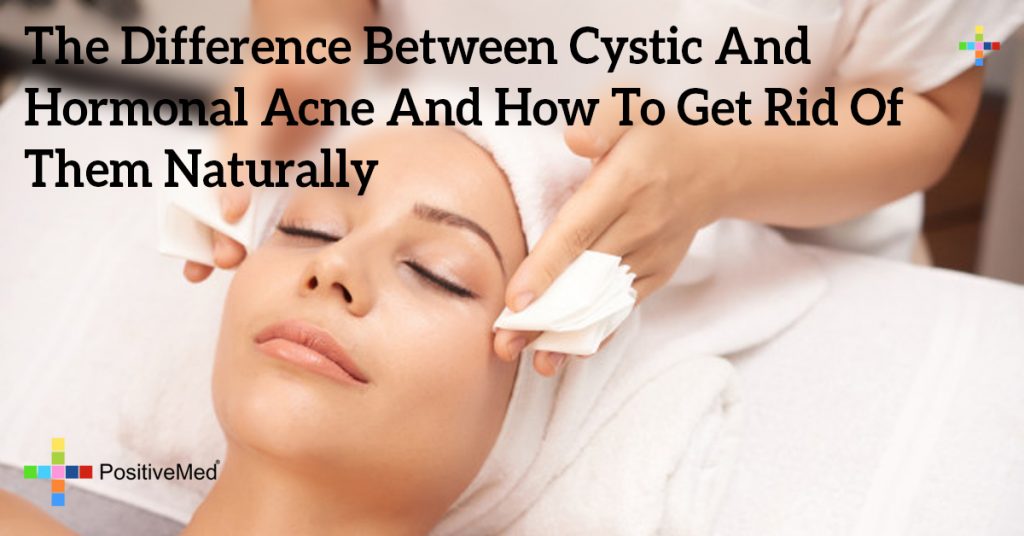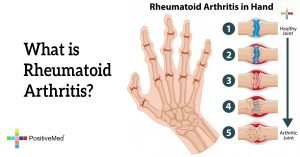
The Difference Between Cystic And Hormonal Acne And How To Get Rid Of Them Naturally
SPANISH TRANSLATION: LA DIFERENCIA ENTRE ACNÉ QUÍSTICO Y HORMONAL
Let’s face it: we have all experienced acne at some point. Yet many of us still do not know how to effectively treat this skin condition. It seems that the secret lies within what type of acne is actually presenting itself. As it turns out, there are actually two different types of acne: hormonal and cystic. Let’s take a brief look at each and explore the treatment options for each type

1 Hormonal Acne
Stereotypical acne outbreaks are often the result of hormonal acne, which is produced as a result of hormone fluctuation. A perfect balance of androgen, testosterone, and estrogen prevents blemishes. However, when one of these hormones disrupts the balance, the skin begins to produce more oil. Areas around the nose and mouth are hardest hit by this production, resulting in a buildup of acne-causing bacteria.
Treatment for Hormonal Acne:
Hormone Balance
Consulting with a professional, such as a Dermatologist to discuss specific hormonal imbalance is the best course of action.
RELATED ARTICLE: How to Reduce Inflammation and Balance Your Hormone Naturally!
Phytoestrogens
A natural-occurring, plant-based option, phytoestrogens, has been known to treat hormonal acne breakouts through oil production regulation and bacteria elimination.
Natural Products
Organic products, such as yucca and red clover, are powerful forms of phytoestrogens that provide anti-oxidants and anti-inflammatory qualities.
Prescription Medication
For those with severe cases of hormonal acne, some dermatologists may even resort to prescriptions like birth control and spironolactone.
Routine Skin Care
One of the most effective ways to combat hormonal acne is to practice good hygiene, washing the facial area twice daily.
RELATED ARTICLE: Can Essential Oils Help in Your Fight With Acne? The Complete Guide to Fighting Acne with Essential Oils
Limiting Makeup Usage
Thick concealers and foundations can clog pores and make hormonal acne symptoms worse.
2 Cystic Acne
In contrast, cystic acne is caused by a wide array of factors. Humidity, genetics, clogged pores, and hormone changes are just a few of the possible causes of cystic acne. As one can imagine, this vague diagnosis can also make this type of acne more difficult to treat.
Treatment for Cystic Acne:
Exfoliation
By exfoliating every day, individuals can rid their skin of old cells and eliminate pore-clogging bacteria.
Sun Exposure
While spending too much time in the sun unprotected can be dangerous, UV rays can help kill bacteria. Just make sure to use a makeup with SPF beforehand.
Probiotic Skincare
Incorporate probiotics into your skincare routine to help the body better regulate bacteria levels.
Digestive Probiotics
For additional protection, ingest probiotics to help the body combat bacteria internally.
Cold Water Rinse
When washing the face, use cold water as a rinse to eliminate redness and reduce inflammation.
Avoid Heavy Makeup
Help balance the body and prevent pore clogging by using lighter versions of your favorite makeup.
As with any skin condition, acne can be embarrassing and painful. With so many varying causes, treatment may also be a process of trial and error. However, understanding the difference between hormonal and cystic acne is a good starting point. A good dermatologist can also help devise unique treatment for every patient.





